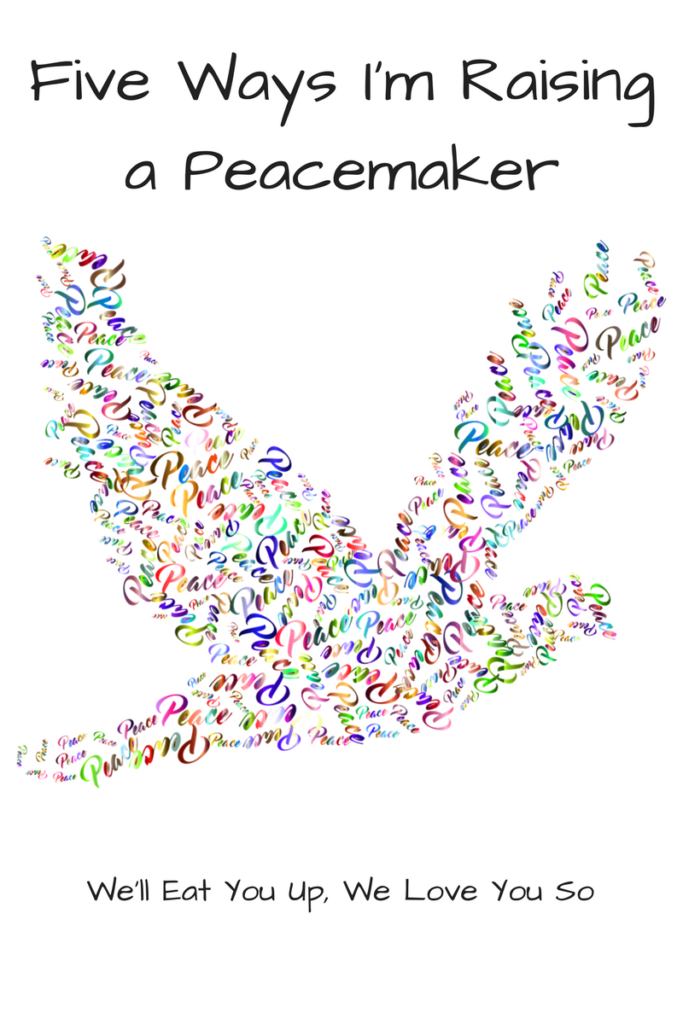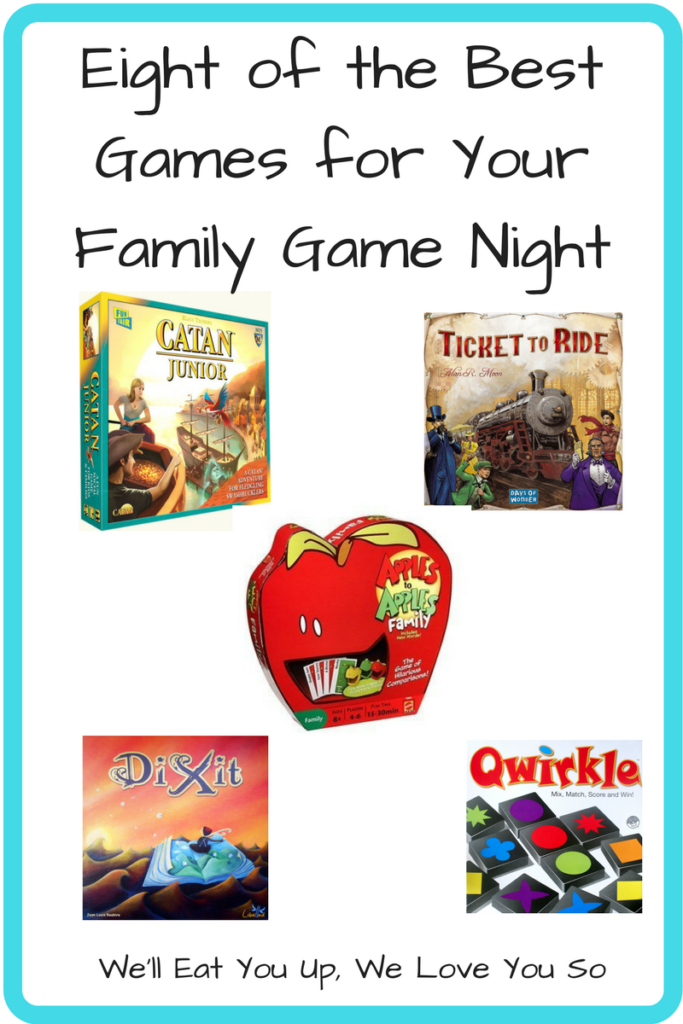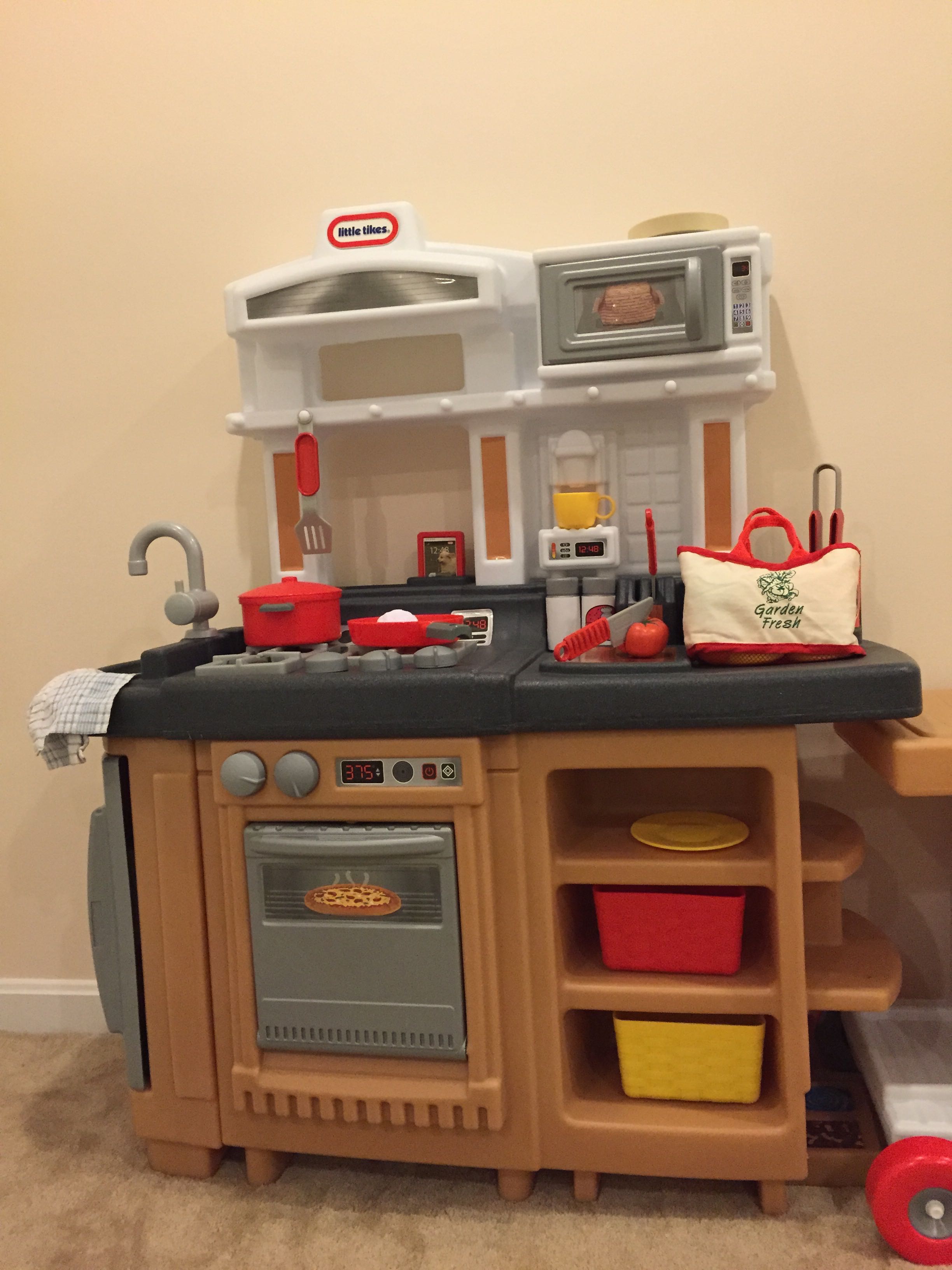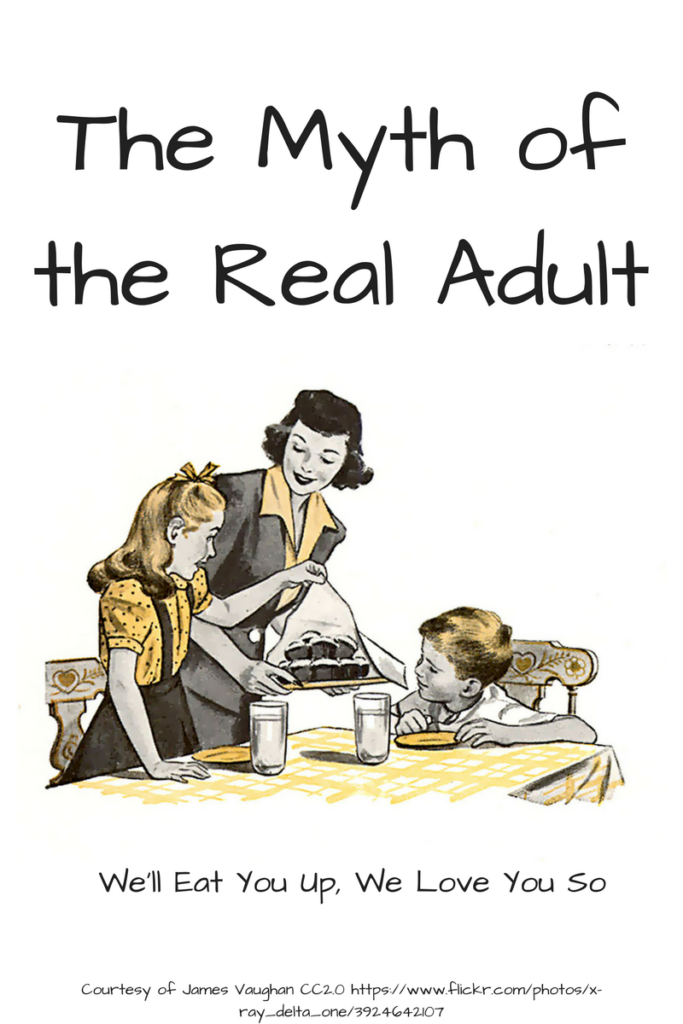So far, this winter has been absolutely bonkers. Coming off of hosting Thanksgiving for both sets of parents, we drove to Pittsburgh for my work, and then the week after, I was off to Denver on another work trip. In between, we had two kids’ birthday parties and a puppet show. Needless to say, this seriously messed with Sprout’s schedule and head. Unfortunately, it had the worst consequences at night.
In September, I truly believed our sleep problems had come and gone. After the chaotic schedule that was our vacation, we had settled into a regular rhythm. We had one tough week where I would let him cry for five or six minutes at night, go in his room, hug him for a few minutes, put him down, and repeat until he fell asleep. But once that week ended, he’d curl up in bed clutching his stuffed Figment and sleep through until the morning.
Then came the molars. Known as the most painful, unpleasant of all teething, the resulting headaches prevented him from falling asleep on his own. When the Oragel wore off four hours after his bedtime – always around my bedtime – he would wake up screaming. Hating that my baby was in pain, I’d pick him up and cradle him on the big chair in his room.
Of course, now that I had broken the routine (again), I was doomed to repeat history. Even when his teeth weren’t bothering him, he’d wail like a banshee when I tried to put him in his crib. I tried the “every five minutes” tactic, but he just got angrier each time. I’d finally acquiesce, settling down in the chair so he could fall asleep on my lap. In the middle of the night, he would wake up and expect me to hold him on my lap, just like at bedtime. Waking up once a night soon turned into waking up twice and soon enough we were back to the hellish schedule we had months ago.
I tried different tactics to varying degrees of success. We slept on the couch, which worked once. One night, I brought him into our bed. That worked twice before he decided it was more fun to crawl on our heads than sleep between us. Unlike kids that just want a parent in close proximity, he specifically wanted me to hold him in my arms sitting up. (It seems like Lydia over at Rants from Mommyland had the same problem.) Despite the absurdity, I was willing to put up with it until December’s chaos was done. We would start over in January.
Then I left on my Denver trip and it really went to hell. Sprout was very unhappy about daddy putting him to bed, even with my mom visiting as back-up. One night, he woke up at 3 AM and screamed whenever they tried to put him down – for more than two whole hours. Unfortunately, my return didn’t improve the situation. One weekday, I had to go to the office the next morning after being up in the middle of the night for two hours.
At that point, Chris declared the situation unsustainable and unacceptable. Sprout was no longer an infant. He had the capability to fall asleep independently – he had previously and still did during naptime. He even had some comprehension of other people’s needs and the fact that we need to avoid hurting people. We needed to set some boundaries and teach him that mommy is not his personal pillow.
Unfortunately, we only saw one choice – cry-it-out. While variations on the Sleep Lady technique had worked previously, they just pissed him off now. If possible, we wanted to avoid him degenerating into angry rabid honey badger mode. He would certainly be angry if we ignored him, but at least he wouldn’t think we were taunting him.
I hate, hate, hate the idea of cry-it-out. I had sworn that I would never, ever do that to my child. That I couldn’t possibly listen to him cry like he was in pain. That I wouldn’t let him stand there like an abandoned orphan.
But then I did – and it was terrible.
Even though I could hear him through our walls, I still kept the monitor on at night. I cringed at every cry. I wept into my pillow, asking Chris, “Why are we doing this? He’s scared, he’s sad, he’s lonely!” He’d reassure me that we were doing the right thing, we had tried everything else, Sprout was choosing not to sleep and he was just throwing a major hissy fit. Most importantly, he told me that Sprout still loved me and that I loved him.
The first few nights were the worst, with him yelling on and off for more than an hour at times. All of us were strung out on sleeplessness and stress. It took about a week – with part of it away from our house – before we restored our previous status. The first night he went down with minimal fussing, I released a huge breath. The worst was over and we would all be the better for it.
Every night is a new challenge, a new opportunity. I know there are some nights he’ll still wake up. Once he’s consistently sleeping through the night, I’ll go in to comfort him without making a routine of it. Once he switches to a toddler bed, I can definitely see him climbing into our queen-sized bed and squishing us. But I am never ever using that chair as a bed again.







